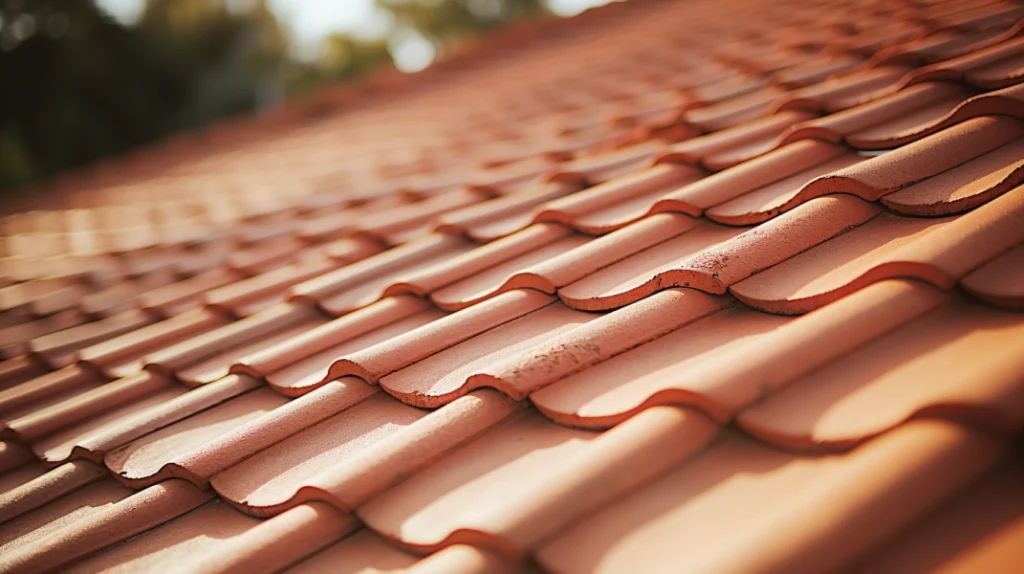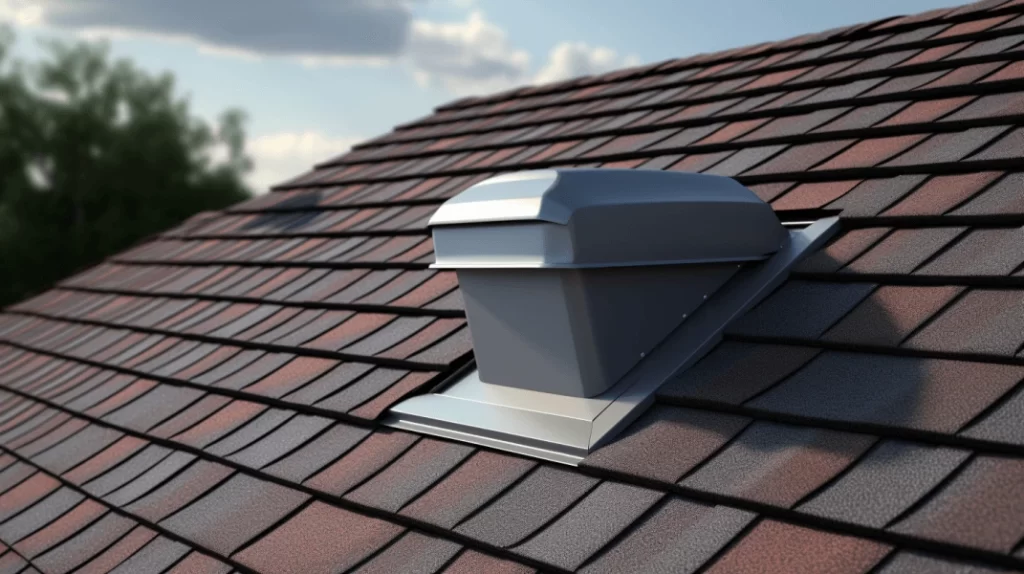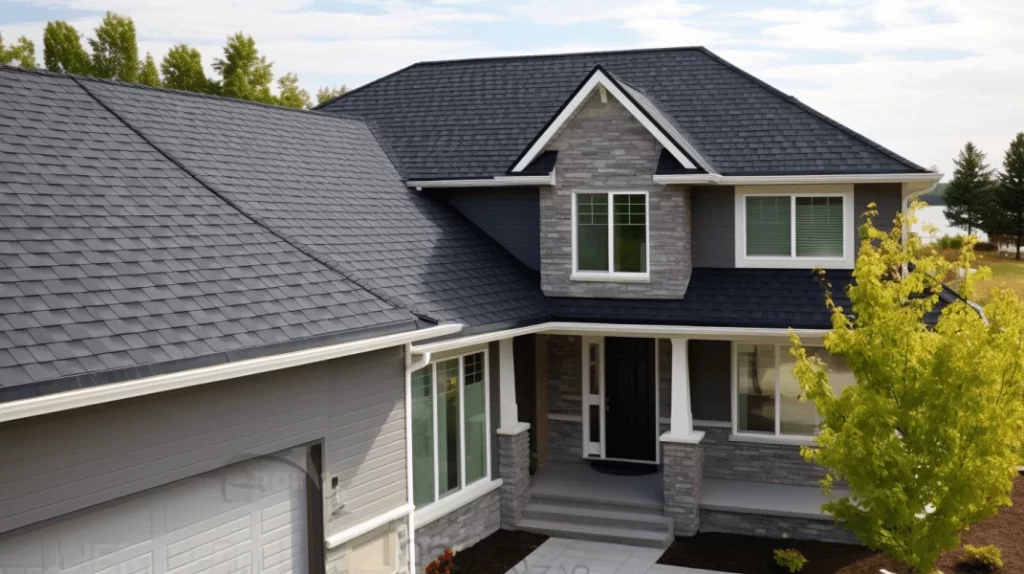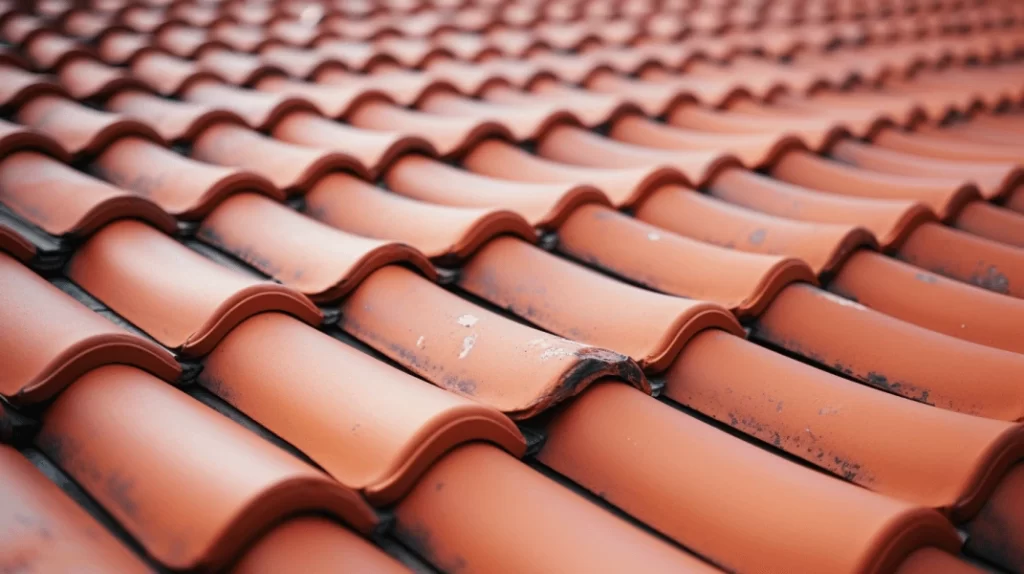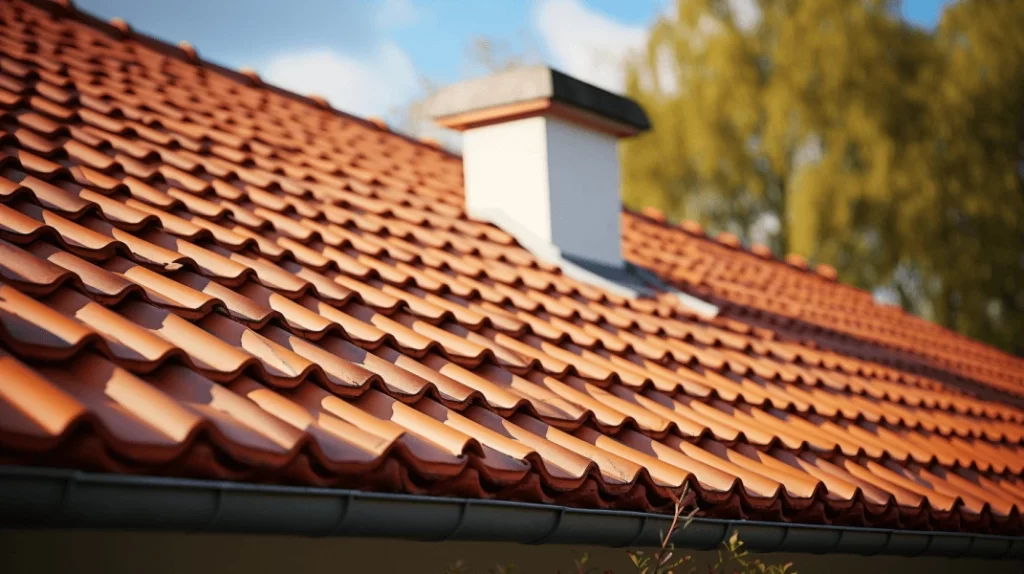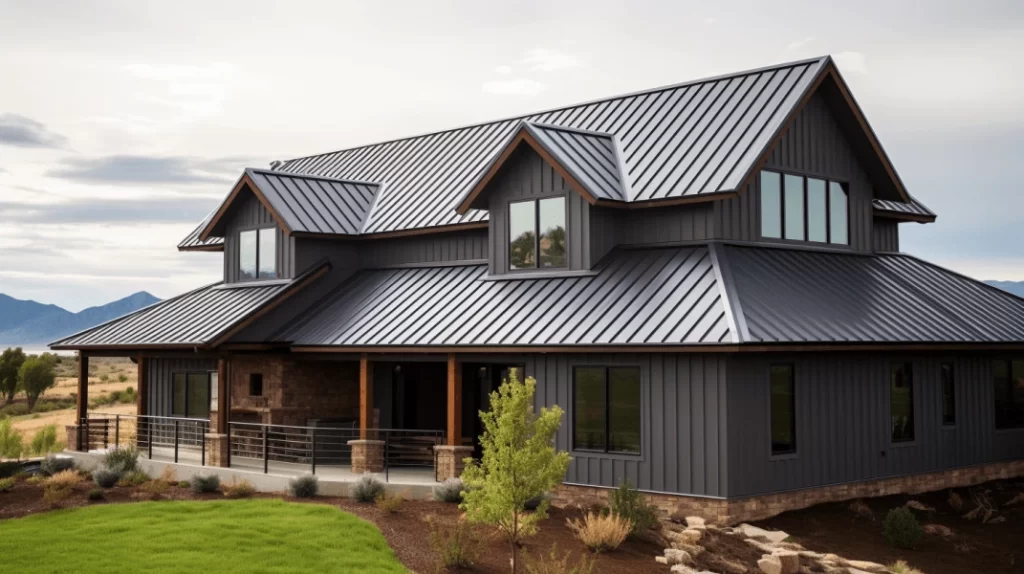1. The Imperative of Sealing the Attic Floor
When it comes to roof ventilation, the first and foremost step is ensuring the attic floor is completely sealed. This is pivotal because any excessive openings or punctures in the ceiling can allow warm air to seep into the attic, thereby reducing the efficiency of ventilation. Think of these as “Swiss cheese” ceilings. Every puncture or hole is a potential gateway for warm air and humidity. Especially if there are elements like recessed lighting or ductwork in the attic, it’s crucial to ensure they are well-sealed and insulated. Moreover, it’s advisable to keep all ductwork within the insulation layer to prevent heat from escaping into the attic.
2. Prioritizing Insulation Above the Top Plate
Insulation plays a pivotal role in roof ventilation. The insulation above the top plate should ideally match or even surpass the thermal resistance of the wall. This means that if you know the R-value of your wall, the insulation on the top plate should be at least equivalent or even higher.
3. The Significance of Properly Vented Soffits
The positioning of the soffit vent is of paramount importance. The ideal placement is as far from the building structure as feasible. This is because the sun’s rays, when they hit the side of a building, lead to a concentration of solar-heated warm air. As this air rises, it accumulates under the soffit. If the vent is too proximate to the building, this warm air becomes the primary source for ventilation, which can adversely affect the efficiency of the ventilation process.
4. Ensuring Adequate Airspace
The space between the roof sheathing and the top of the insulation is crucial. This space determines the volume of air that can enter the attic. While most building codes stipulate a minimum of 1” as adequate, experienced builders, especially in colder climates, advocate for closer to 2”. The rationale is straightforward: more air cycling through the attic ensures minimal warm air, which is essential for preventing ice dams.
5. The Advantage of Pressurizing the Attic
Contrary to some building codes that recommend equal intake and exhaust for optimal ventilation, creating a scenario where the eaves have slightly more pressure than the ridge can be beneficial. This approach pressurizes the attic, facilitating quicker and more efficient movement of air. For achieving this, a ventilation ratio of 60/40 between the eaves and ridge is considered ideal.
Addressing Conditioned Living Spaces
For homes with conditioned living spaces in the attic, such as those with attic dormers, the question often arises: Is ventilation still crucial if there’s a well-insulated roof deck and assembly? While a well-insulated roof deck does keep the heat inside and cold outside, in high snow areas, proper ventilation remains indispensable.
Why Choose Mend Roofing?
At Mend Roofing, we prioritize the longevity and efficiency of your roof. Our expertise in roof repair in Cypress TX ensures that your roofing needs are addressed with precision and professionalism. Whether you’re looking for a roofing contractor in Cypress Texas or a comprehensive residential roof repair service in Cypress Texas, Mend Roofing is your go-to solution. Remember, a well-ventilated roof not only ensures energy efficiency but also adds years to the life of your roof. Choose wisely, choose Mend Roofing.

